What is yoga for trauma recovery?
When I talk about yoga for trauma recovery, I’m describing my own approach with an evidence-based intervention for complex trauma.
TCTSY stands for Trauma Center Trauma Sensitive Yoga. The Center for Trauma and Embodiment (formerly the Trauma Center) is located in Boston, MA. That’s where over a decade of studies support this specific way of teaching yoga as an effective trauma intervention.
This particular yoga intervention has out-performed cognitive therapies used as a control. Cognitive therapies have generally been the gold standard for evidence-based interventions, so that’s a super big deal!
Among several multi-year programs I’ve personally run for larger institutions, TROSA has been one of my clients. During our initial pilot we collected data on impact. Data collected from my own classes showed a measurable reduction in symptoms related to traumatic stress.
What are we doing in yoga for trauma recovery?
We’re talking about a specific way of teaching yoga.
Yoga in the West has been handed down from lineages with a lot of power imbalances and literal abuse as part of their origin story. Patthabi Jois, Amrit Desai, Bikram Choudhury and John Friend are all examples of prominent yoga teachers with multiple allegations of sexual abuse. The whole guru-student dynamic is toxic as hell and rife with possibilities for harm.
There are ways that dynamic shows up in modern yoga—so it’s good to understand parameters for how any given yoga class can enhance or undermine our recovery.
What can teachers focus on that will specifically help us recover from traumatic experience?
Some things that a teacher might choose as focal points during yoga classes include playlists, strength building, peak poses, breathwork, philosophical themes, body part focus, chakras, etc. Those are all worthy things to focus on—however none of them constitute specific antidotes to traumatic experience.
Judith Herman is an American psychiatrist, researcher, teacher, and author who’s given a lot to our understanding of trauma theory. I’ll quote her directly while acknowledging the presence of gendered language which won’t reflect everyone’s lived experience.
“The first principle of recovery is empowerment of the survivor. She must be the author and arbiter of her own recovery. Others may offer advice, support, assistance, affection, and care, but not cure. Many benevolent and well-intentioned attempts to assist the survivor founder because this basic principle of empowerment is not observed. No intervention that takes power away from the survivor can possibly foster her recovery, no matter how much it appears to be in her immediate best interest.”
Areas of focus in yoga for trauma recovery
Here are my areas of focus every time I teach, because they’re effective antidotes to traumatic experience.
Traumatic experience involves some form of being unable to escape and often involves coercion. Recovery needs agency, or choice-making, and a focus on non-coercion.
Trauma has us focus outside ourselves to survive the experience of threat. Recovery needs interoception, or turning toward our internal experience.
Trauma, particularly when it is relational, involves insecure attachment. Recovery needs modeling of secure attachment behaviors like reliability and mutual respect through shared authentic experience.
Agency/Choice
One of the key aspects of teaching yoga skillfully to trauma survivors is honoring agency through language. When I teach, I rarely issue a directive.
What I will not say is “now breathe out slowly and tilt your head to the left as far as you can. Breathe in, breathe out.” Why?
Because that language reinforces that you’re supposed to do whatever I say, and it subtly undermines your choice to do as you like with your body.
What I’ll say instead is that your body is your own. That you are welcome as you are, moving your body as you see fit. I might still offer that piece of direction—using invitational language which centers choice. “If you like, at your next breath out feel free to tilt your head either direction, taking as long as you need.”
Interoception
Another key aspect of using our yoga practice to heal from trauma involves the concept of interoception. That word refers to noticing the physical sensations within ourselves that reflect our physical states. Having access to our felt sense is important to help us make choices about what’s best for ourselves. Challenges with this are generally a domain of impairment—or something that got messed up—for those of us whose development was impacted by trauma.
Hunger cues, the need to pee, and nausea are all examples of interoception. So is that gut feeling of uneasiness we need to tell us when a situation isn’t safe—which some of us have been taught to override and some of us might not feel.
Restoring interoception by paying attention to simple, mundane, fairly neutral sensations is a big part of what I do with both yoga for trauma recovery and in my work as a somatic experiencing practitioner. It’s a skill we can learn, and it’s a skill I reinforce in my languaging by repeatedly suggesting that you pay attention to specific body sensations during class. I’m doing that to help you find your way to a sense of safety over time.
Yoga for trauma recovery is meant to be what the destructive systems around us are not; human-centered and honoring of autonomy.
So what are we practicing in yoga for trauma recovery?
Agency through the invitational language of choice.
Interoception, or coming into relationship with what our bodies are saying to us.
Healthy attachment, being present with ourselves and others.
We aren’t practicing being obedient or reenacting dynamics of power and control or dominance and oppression. The practice of recovery moves us away from trauma and toward healing.
Remember, the first rule of recovery is the empowerment of the survivor.
